Study demonstrates the need to widen the focus of research and management strategies for HABs
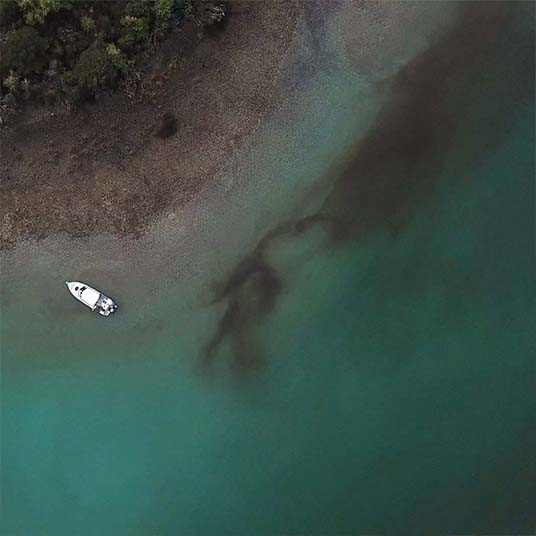
New research from the Cawthron Institute, New Zealand’s largest independent science organization, has revealed that the health of shellfish that ingest or come into contact with the algae can be negatively affected, with implications for the shellfish aquaculture industry.
Harmful algal blooms (HABs) are a known and well-managed risk to food safety and human health, with extensive monitoring and mitigation measures in place. Recently published in Toxins, the researchers examined the HAB species – which are known to bloom in New Zealand and globally – and their effects on commercially important shellfish and fish species.
The findings included previously unpublished effects of Alexandrium pacificum (a common HAB species in New Zealand) exposure on juvenile flat oysters and Greenshell mussels, which include paralysis and reduced byssal pad formation, leading to increased shellfish mortalities. The study also discussed the effects of climate change on HAB population structure and dynamics and what this means for New Zealand.
“We had anecdotal evidence and observations from marine farmers which suggested HABs could be having an impact on shellfish health, but we needed to verify that,” said Dr. Anne Rolton Vignier, the study’s lead. “For example, in the Marlborough Sounds, an important Greenshell™ mussel (GSM) production area, new HABs of Alexandrium pacificum first appeared in 2011, around the same time as a reduction in GSM spat-fall in traditional spat catching areas was first observed.”
Rolton Vignier said the results of the study are important because they demonstrate the need to widen the focus of research and management strategies for HABs.
“For obvious reasons, much of our research and work on HABs in New Zealand has been focused on the seafood safety implications – Cawthron researchers have been instrumental in efforts to understand, predict and control seafood safety threats to protect human health,” said Dr. Rolton Vignier. “However, as leaders of the government-funded Shellfish Aquaculture Research Platform and research providers for many shellfish aquaculture industry partners, we were eager to better understand the animal health implications of HABs, so this is a new area of research for us.”
Can technology protect salmon farms from harmful algal blooms?
Rolton Vignier said the New Zealand government’s 2019 Aquaculture Strategy targets the growth of the industry to $3 billion (U.S. $1.8 billion) by 2025. However, a risk to this ambitious target is the occurrence of HABs and the uncertainty around the effects of HAB species and their associated toxins on cultured shellfish species.
“For example, the earlier, larval life stages of shellfish are more sensitive to the effects of stressors such as HABs,” said Rolton Vignier. “So seeing that there are effects on juveniles implies that these earlier life stages will also be significantly affected.”
On the heels of this study, the Cawthron Institute has received funding through the Royal Society of New Zealand’s Catalyst Fund to develop toxin screening tests. The researchers will collaborate with two leading laboratories in France that have expertise in techniques they’re hoping to draw upon.
“This is all really important progress towards gaining the knowledge and tools we need to enable early detection and screening of local HAB strains to better understand the effects of HABs and other climate change-related stressors to support effective stock management,” said Rolton Vignier. “We want to help our aquaculture industry prepare for a changing environment and the uncertainty that goes alongside it as best we can.”
Follow the Advocate on Twitter @GSA_Advocate
Now that you've reached the end of the article ...
… please consider supporting GSA’s mission to advance responsible seafood practices through education, advocacy and third-party assurances. The Advocate aims to document the evolution of responsible seafood practices and share the expansive knowledge of our vast network of contributors.
By becoming a Global Seafood Alliance member, you’re ensuring that all of the pre-competitive work we do through member benefits, resources and events can continue. Individual membership costs just $50 a year.
Not a GSA member? Join us.
Author
Related Posts
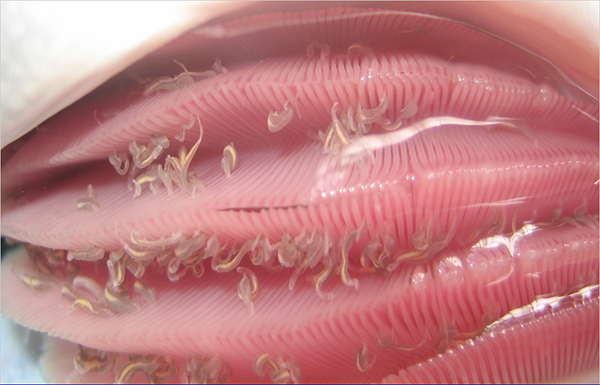
Health & Welfare
No fluke: Cawthron Institute’s new web tool could help fish farmers tackle parasitic infection
Cawthron Institute has developed “BeNeZe” – a new web tool to help fish farmers manage parasitic infection in Kingfish and Amberjacks
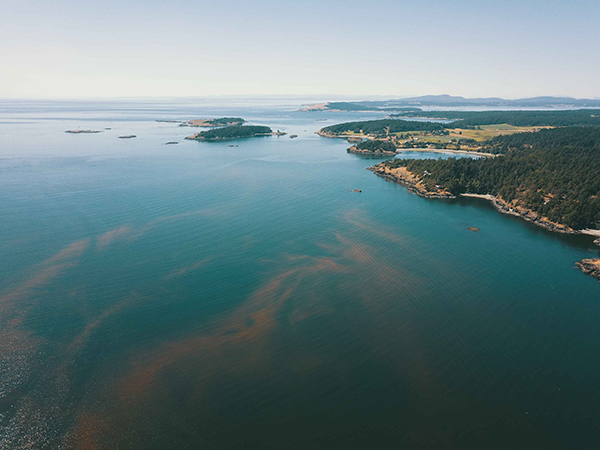
Intelligence
Can technology protect salmon farms from harmful algal blooms?
Salmon farms are vulnerable to the impacts of harmful algal blooms. Scotland's aquaculture industry is embracing technology as a solution.
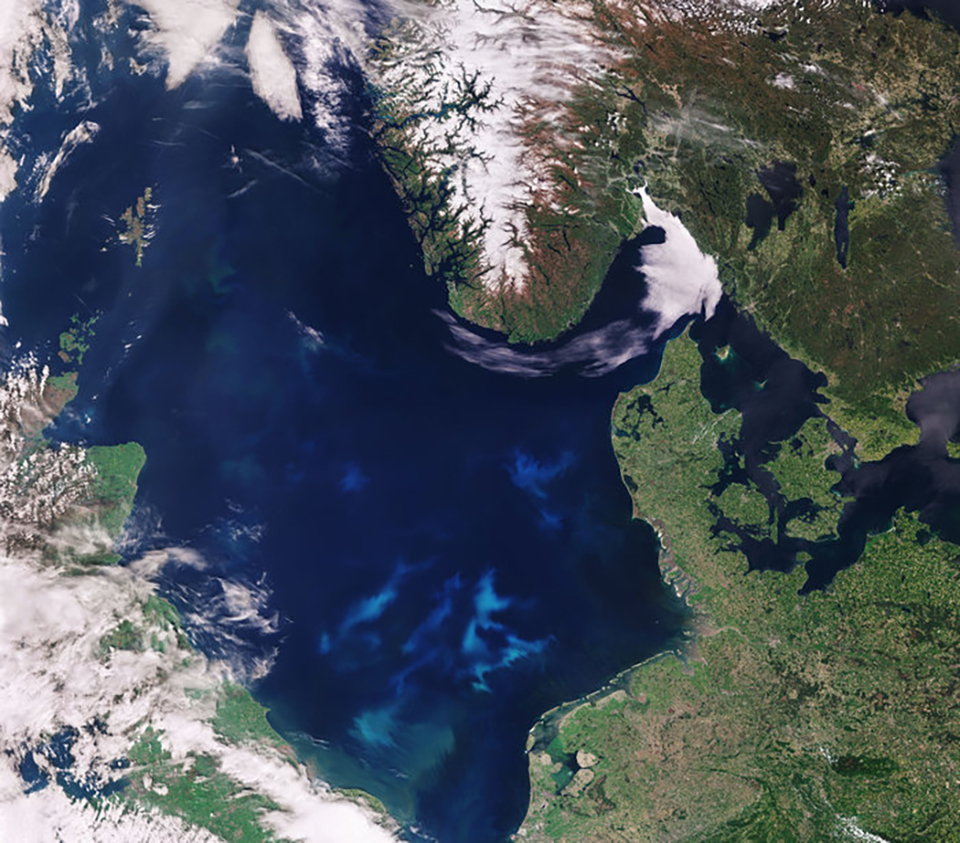
Responsibility
NOAA invests millions to take on harmful algal blooms
The National Oceanic and Atmospheric Administration announced $15.2 million in funding to research harmful algal blooms throughout U.S. coastal and Great Lakes waters.
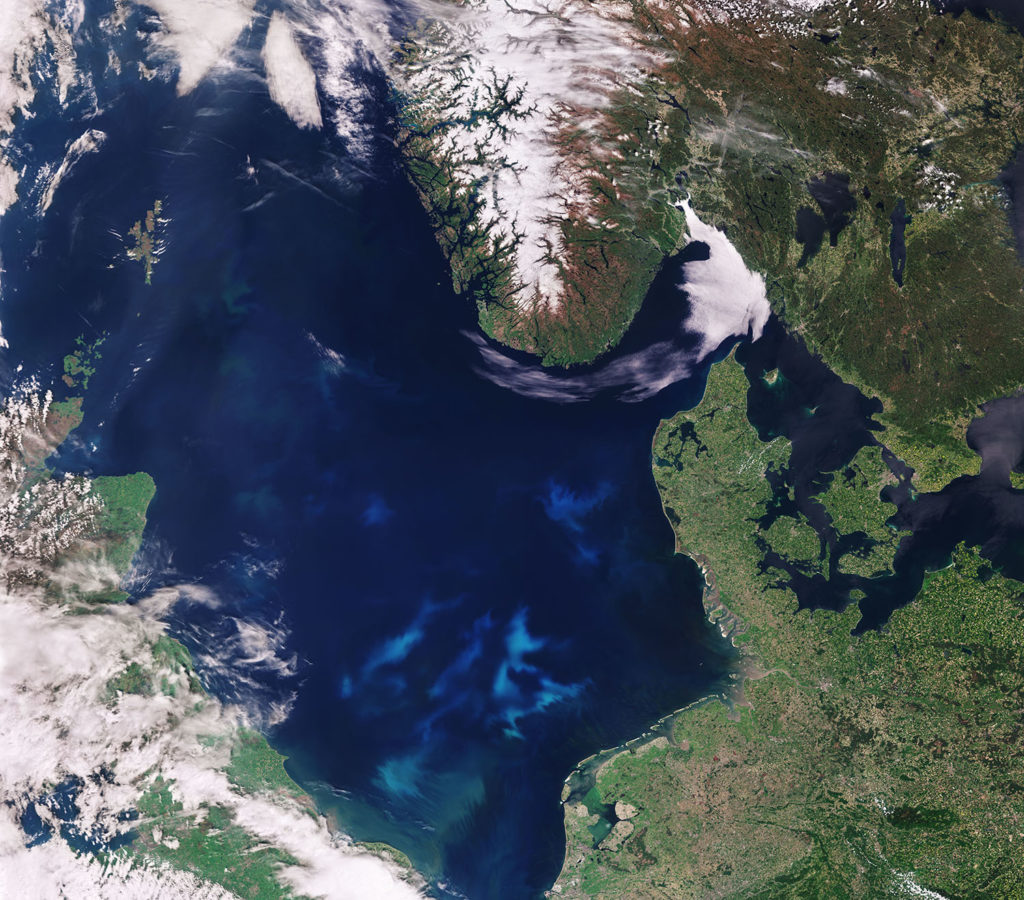
Innovation & Investment
Killers at sea: Harmful algal blooms and their impact on aquaculture
The causes and effects of harmful algal blooms have only been studied recently, as damage to the global aquaculture industry mounts.



